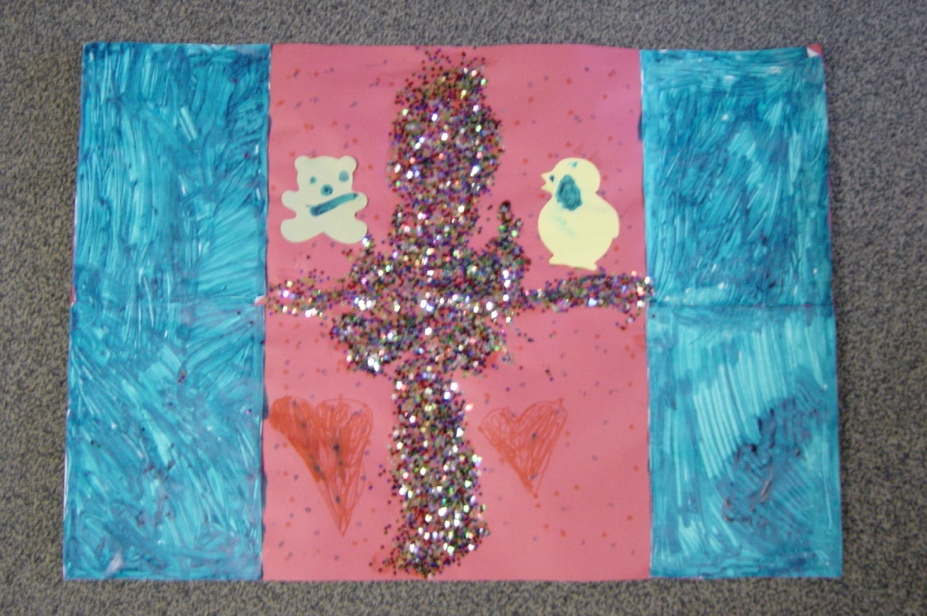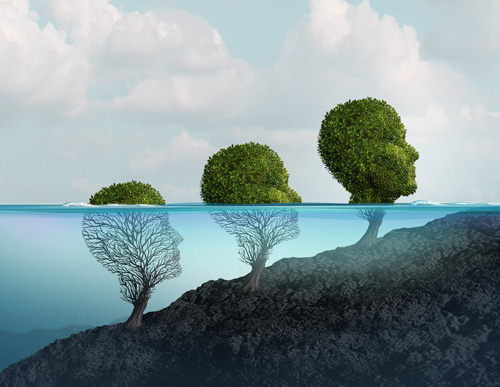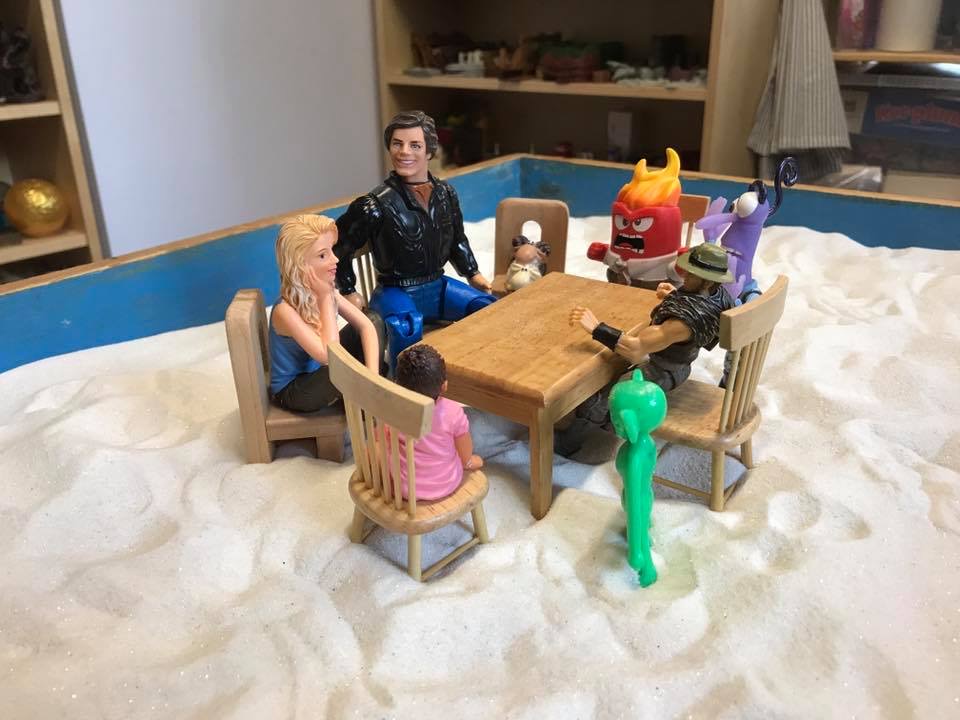“Most of us were not taught how to recognise pain,
Brené Brown
name it, and be with it”
Child and Young Person Therapy
Art Therapy
“The aim of art is to represent not the outward appearance of things, but their inward significance”.
– Aristotle (384-322 BC)
Art Therapy is a form of psychotherapy that uses art making and creative activities as its primary method of communication. It is particularly useful for children who have experienced early trauma and who may not have the words or cognitive understanding to express or make sense of their experiences.
CBT
“You’re braver than you believe, stronger than you seem, and smarter than you think.”
– A.A. Milne
Winnie the Pooh
Cognitive Behavioural Therapy (CBT) looks at how our thoughts and behaviours effect the way we feel, both physically and emotionally. By using CBT tools and techniques we can learn to examine and alter our behaviours and the way we think to improve the way we feel.
CBT can be beneficial for a range of problems including generalised anxiety, depression (and low mood), phobias, stress, self-esteem, social anxiety and panic attacks. Adults and young people can find CBT very helpful in improving mood, by enabling a better understanding of the links between our thoughts and feelings that we are often unaware of. CBT can work well with children, though may not be suitable for very young children due to the structured nature of the sessions.
During therapy the therapist and client work together to target a specific problem using CBT tools and techniques, which can then be put into practice outside the sessions. The nature of the therapy tends to be goal oriented and there will be tasks and worksheets to be done in between sessions. It is suitable for dealing with current problems and specific issues, rather than addressing/focusing on past issues.
EMDR
“We repeat what we don’t repair”
– Christine Langley-Obaugh
EMDR (Eye Movement Desensitization and Reprocessing) is a psychotherapy that enables people to heal from the symptoms and emotional distress that are the result of disturbing life experiences. Studies show that by using EMDR therapy people can experience the benefits of psychotherapy that once took years to make a difference (see PDF for limitations). EMDR therapy shows that the mind can in fact heal from psychological trauma by a not dissimilar means to the way the body recovers from physical trauma. When you graze yourself, your body works to close the wound. If however, dirt or repeated injury irritates the wound, it festers and causes pain. Once the dirt or block is removed, healing resumes. EMDR therapy demonstrates that a similar sequence of events occurs with mental processes. The brain’s information processing system naturally moves toward mental health. If the system is blocked or imbalanced by the impact of a disturbing event, the emotional wound festers and can cause intense suffering. Once the block is removed, healing resumes.
HGT
Courage doesn’t always roar.
Sometimes courage is the quiet voice
at the end of the day saying,
“I will try again tomorrow.“
– Radmacher
“Human Givens” is a holistic therapeutic approach for emotional and psychological wellbeing, positive development and growth. It is based upon using all the psychological resources we are gifted with as humans to meet our innate emotional needs in a balanced and sustainable way.
It has proved effective in helping people experiencing depression, anxiety phobias, OCD, trauma/PTSD and addictions. It is used successfully in practice with adults and young people, but has also been applied to education, work with families and conflict resolution/mediation.
It incorporates both cognitive work (Psycho-education), insights into how the mind works from neuroscience, and creative approaches such as using metaphors, storytelling, guided imagery and visualisation.
IFS
“Who ARE You?” (This was not an encouraging opening for a conversation) Alice replied, rather shyly; “I–I hardly know, sir, just at present– at least I know who I WAS when I got up this morning, but I think I must have been changed several times since then.”
– Lewis Carroll. Alice in Wonderland
The Internal Family Systems (IFS) method is a way to understand your internal system and help it to transform and heal. IFS is based on the principle that there is an undamaged, resourceful self at the core of every person and that accessing and working with that self is a safe, effective way to heal other, hurt parts of the mind.
ISPT and JSPT
To see a World in a Grain of Sand
And a Heaven in a Wild Flower,
Hold Infinity in the palm of your hand
And Eternity in an hour.
– William Blake 1803
“Auguries of Innocence”
Are two models of sandplay therapy. Sandplay therapy is a largely nondirective, therapeutic intervention that makes use of a sandtray and symbols (figures of people, animals, buildings, flora and fauna, vehicles and ‘everything in the world or anything that could be in it’) to create images that reflect a person’s inner thoughts, struggles, and concerns allowing the participant the freedom to consider beliefs, experiences and traumas in a non-shaming and contained manner. This form of play therapy can be practiced along with ‘talking therapy’, using the sandbox and figures as communication tools to aid the sharing of overwhelming feelings.
Play Therapy
“It is easier to build strong children than to repair broken adults” (sic)
– Frederick Douglass
Play therapy is a developmentally sensitive intervention. It is ideally suited to children aged between 3 and 14 years old but has been effectively used by both slightly younger and older children dependent on their development, temperament and individual circumstances as well as adults.
There are many models of play therapy (Non-directive, Adlerian, Directive, Person centred, Psychodynamic and narrative amongst others). Tiptoes utilises a Non-directive, body-based (sensorimotor informed) play therapy. All out Play therapists are accredited and have undergone (or undergoing further trauma-informed trainings).
We specialise in providing play therapy services to children who have experienced
• Attachment related issues
• Developmental Trauma
• Sexual Harm
• As well as a wide range of other issues








